Ask The Experts
Join Communities
 Become a Photographer |
 Learn about Jazz & More |
 Enhance your Writing Skills |
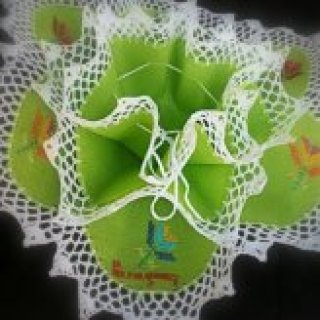 Handigifts |
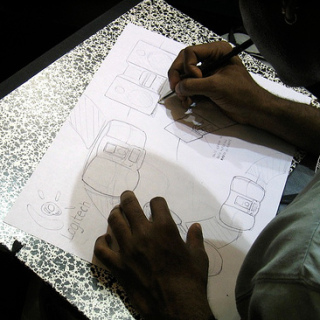 Love the Art |
Seven Natural Wonders of the World: Great Barrier Reef
|
The Great Barrier Reef is the
largest coral reef system in the world, composed
of over 2,900 individual reefs and 900 islands stretching
for 2,600 kilometers over an area of approximately 344,400
square kilometers. The reef is located in the Coral Sea,
off the coast of Queensland in northeast Australia. |
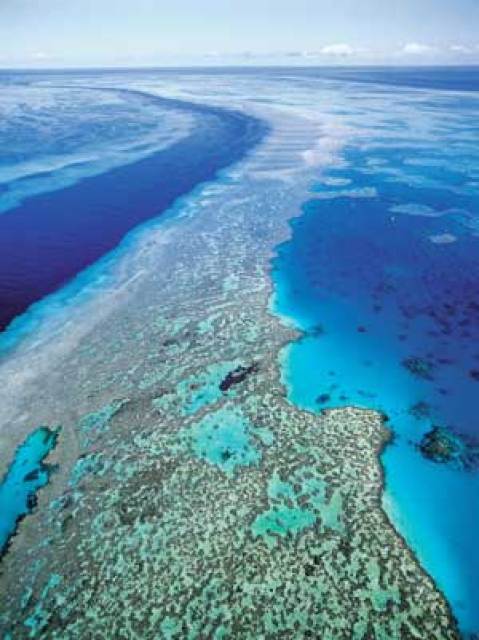
|
Geology and Geography
|
The history of the development of the Great Barrier Reef is complex; after Queensland drifted into tropical waters, the history is largely influenced by how reefs fluctuate as the sea level changes. They can increase in diameter from 1 to 3 centimeters per year, and grow vertically anywhere from 1 to 25 centimeters per year; however, they are limited to growing above a depth of 150 meters due to their need for sunlight, and cannot grow above sea level. The land that formed the substrate of the current Great Barrier Reef was a coastal plain formed from the eroded sediments of the Great Dividing Range with some larger hills. |
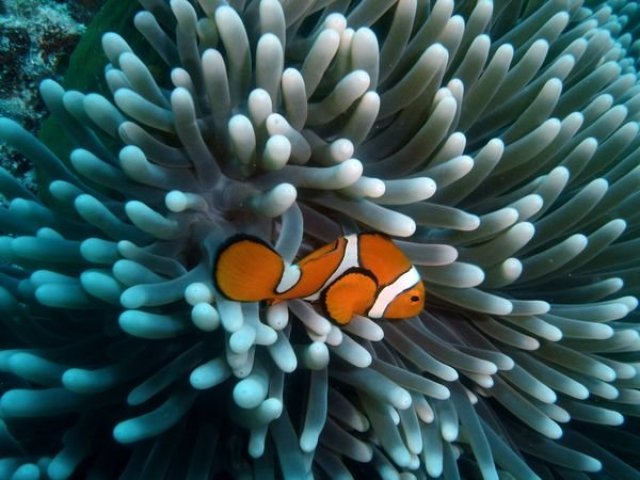
|
From 20,000 years ago until 6,000 years ago, the sea level rose steadily. As it rose, the corals could then grow higher on the hills of the coastal plain. By around 13,000 years ago the sea level was 60 meters lower than the present day, and corals began to grow around the hills of the coastal plain, which were, by then, continental islands. As the sea level rose further still, most of the continental islands were submerged. The corals could then overgrow the hills, to form the present cays and reefs. Sea level on the Great Barrier Reef has not risen significantly in the last 6,000 years. The CRC Reef Research Center estimates the age of the present, living reef structure at 6,000 to 8,000 years old. |
Ecology
|
The Great Barrier Reef supports a
diversity of life, including many vulnerable or endangered
species, some of which may be endemic to the reef system.
Thirty species of whales, dolphins, and
porpoises have been recorded in the Great Barrier
Reef, including the dwarf minke whale, Indo-Pacific
humpback dolphin, and the humpback whale. Large populations
of dugongs live there. |
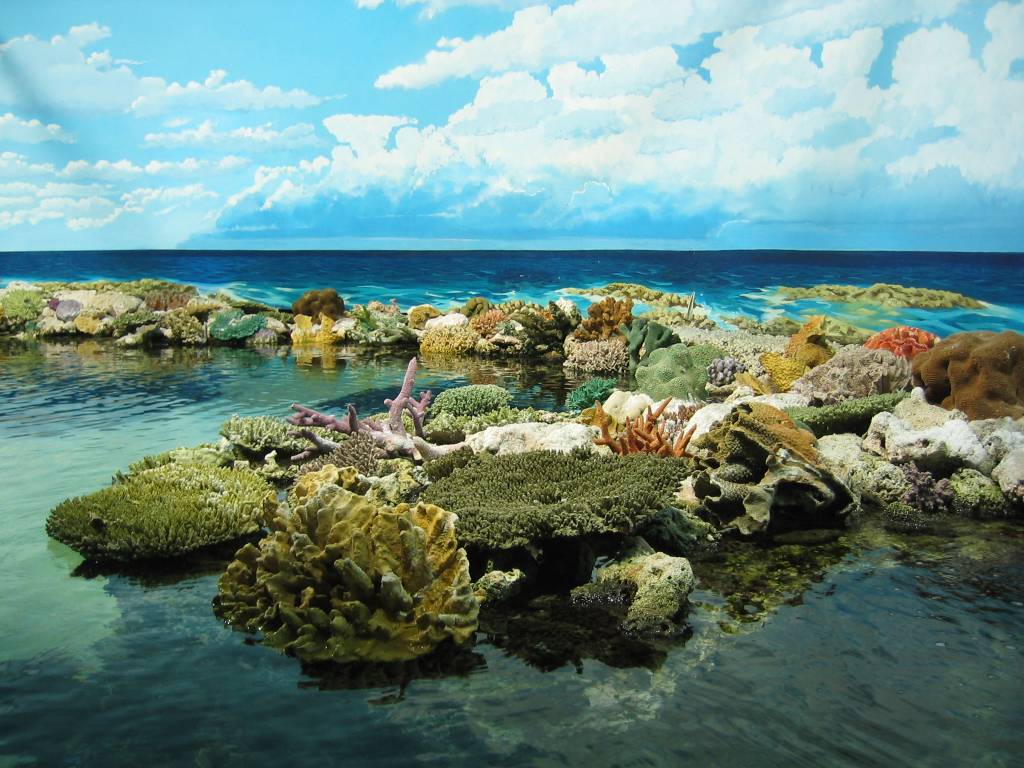
Environmental Threats
|
The most significant threat to the Great
Barrier Reef is climate change. Mass coral
bleaching events due to rising ocean temperatures occurred
in of the summers of 1998, 2002 and 2006, and coral
bleaching will likely become an annual occurrence. |
Tourism
|
As the largest commercial activity in the
region, it was estimated in 2003 that tourism in the Great
Barrier Reef generates over AU$4 billion annually.
Approximately two million people visit the Great
Barrier Reef each year. |
Reference / Image Credits:
Wikipedia,
SMH, Travel Blog,
Dua Trvael,
Travel Gallery
All time most popular tags
Ask The Experts
Post Comments
MayMay said – Tue, 09 Dec 2008 20:03:28 -0000 ( Flag Edit Link )
Please share your adventures with us! I’m excited to hear about what you did and saw there.
I can’t wait to see the photos!